251 Views
For Fiery Fall Foliage: Are You Barking Up the Right Trees?

by
Deck and Patio Company "Outdoor Living Experts"
(IC: professional)
To get the lowdown on the best trees to plant for fiery Fall color, Deck and Patio spoke with Angelo Puleo, Nursery Division, Bissett Nursery (Holtsville, NY).
“One of the most popular and widespread deciduous trees that produces bright reds in autumn is the beautiful Maple tree,” says Puleo. “In particular, we recommend Sugar Maples, and, of course, Oaks for great Fall red color.”
Puleo also recommends the Cleveland Select Pear for robust color. Like the Oak and Maple, it is also hardy and can withstand most winds and storms, including ice storms —a real plus in our neck of the woods.
“In Spring, the Cleveland Select bursts awake in beautiful white flowers, and in the Fall, its leaves offer up a deep orange-y-red blaze of color,” he says.
Another option is the Crape Myrtle tree, which, as Puleo admits, is not quite as brilliant as the other trees, but it does offer an attractive reddish-orange color. When the Crape Myrtle finishes flowering in the Fall, it also pods-up with berries, and attracts such delightful visitors as the Yellow-rumped Warbler, a sweet little visitor who feeds on these berries after insects are gone
In addition, when it comes to smaller trees, Deck and Patio designers often consider Japanese Maples in landscaping plans; red-leafed versions of this beautiful tree offer degrees of red from Spring through Fall. Planting them in early Fall allows for new root growth in time for Spring
.
Note: Be sure to ask experts at an established nursery or landscaping firm which variety of maple, etc. will produce red leaves in the Fall, as some varieties offer up a blazing yellow instead. Not that there’s anything wrong with that… that’s just for another blog post.
“One of the most popular and widespread deciduous trees that produces bright reds in autumn is the beautiful Maple tree,” says Puleo. “In particular, we recommend Sugar Maples, and, of course, Oaks for great Fall red color.”
Puleo also recommends the Cleveland Select Pear for robust color. Like the Oak and Maple, it is also hardy and can withstand most winds and storms, including ice storms —a real plus in our neck of the woods.
“In Spring, the Cleveland Select bursts awake in beautiful white flowers, and in the Fall, its leaves offer up a deep orange-y-red blaze of color,” he says.
Another option is the Crape Myrtle tree, which, as Puleo admits, is not quite as brilliant as the other trees, but it does offer an attractive reddish-orange color. When the Crape Myrtle finishes flowering in the Fall, it also pods-up with berries, and attracts such delightful visitors as the Yellow-rumped Warbler, a sweet little visitor who feeds on these berries after insects are gone
In addition, when it comes to smaller trees, Deck and Patio designers often consider Japanese Maples in landscaping plans; red-leafed versions of this beautiful tree offer degrees of red from Spring through Fall. Planting them in early Fall allows for new root growth in time for Spring
.
Note: Be sure to ask experts at an established nursery or landscaping firm which variety of maple, etc. will produce red leaves in the Fall, as some varieties offer up a blazing yellow instead. Not that there’s anything wrong with that… that’s just for another blog post.
A beautiful shade tree in summer with brilliant color in autumn, the Red Maple can be planted any time of year, including Fall. Dig a hole twice the size of the root ball, place it in the ground, and fertilize and water well, says Angelo Puleo of Bisset Nurseries. (Photo With Permission © by Jeff Dean)
The oak grows rapidly, making it an ideal choice. Like all the trees mentioned in this blog post, leave about 10 feet between each one when planting. Note: For those who keep horses, the oak’s acorn and leaves can be toxic to animals such as as horses. (Photo With Permission: SimMaster)
This tree offers up three great seasons of leaves, white blossoms in Spring (shown here), lively green leaves in Summer, and bright reds in Fall. (Photo With Permission: Ltshears/Photos of Flowers)
: A close cousin of the Cleveland Select Pear, the Bradford is pictured here as its leaves begin to turn from green to Fall-red. (Photo With Permission: Abrahami)
The Crape Myrtle tree that thrives on Long Island is a hybrid of other Crape Myrtles that flourish in warmer climates such as the Southern United States. Clusters of pink blossoms appear in late spring (shown here) which are so delicate and crinkly they look like they are made of crape paper. In Fall, it showcases bright red-orange-y leaves. (Photo With Permission: Southern Lagniappe)
In Fall, as they finish flowering, the leaves of the Crape Myrtle pod up into pretty berries. (Photo With Permission: Forest & Kim)
Escaping the harsher winters up north, the Yellow-rumped Warbler makes a home in our area as Fall sets in. With insects less available, it loves to feast on Crape Myrtle berries. If you plant this tree, this little fellow — and some of his friends — will no doubt visit and stay awhile. (Photo With Permission: Cornell Lab of Ornithology)
This beautiful Japanese Maple is native to Japan and other nearby Asian countries such as South Korea. It’s prized for the shape of its leaves and rich red color. (Photo With Permission: Wikipedia 松岡明芳)
Enjoyed the project?
Published October 16th, 2014 2:09 PM
Comments
Join the conversation
4 comments
-
You should add sourwood (Oxydendrum arboreum) to your list. Really wonderful fall color, and beautiful, fragrant sprays of blooms in summer. (Hardy in the warmer parts of zone 5 to 9.)
 Douglas Hunt
on Oct 18, 2014
Douglas Hunt
on Oct 18, 2014
-
-
Great infomation! I didn't know that Japanese Maples were so hardy... It's one of my favorite trees because of it's form and colors, The Crype and Mrytle is another beauty that I love... I was not aware that they had berries in the fall... These are on my future garden wish list...Thank you for sharing...
 Vetsy
on Jan 07, 2015
Vetsy
on Jan 07, 2015
-
@Vetsy so glad you enjoyed this. It was one of the writer's favorite blog subjects herself, and it's nice when others feel the same way. And oh, yes, wasn't the berry info interesting.
 Deck and Patio Company "Outdoor Living Experts"
on Jan 08, 2015
Deck and Patio Company "Outdoor Living Experts"
on Jan 08, 2015
-
-



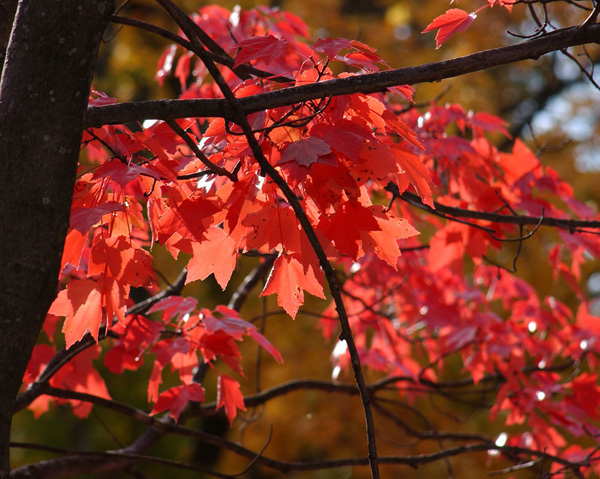
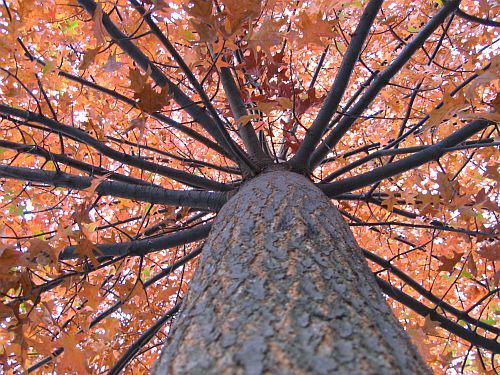





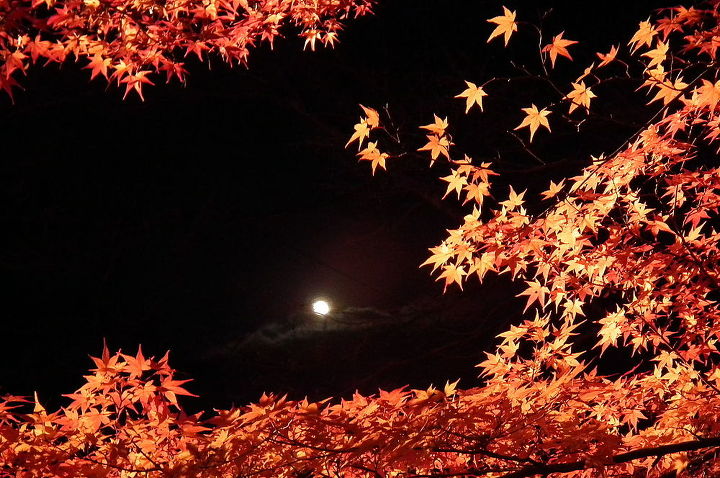

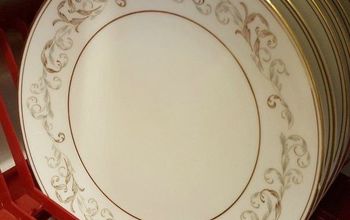



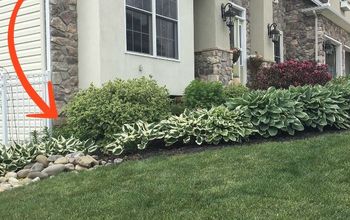

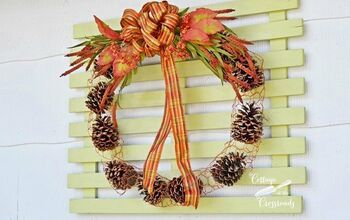
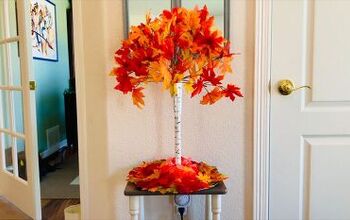

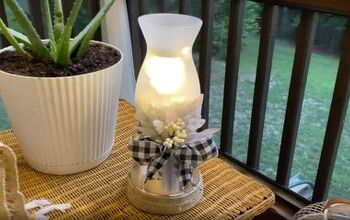
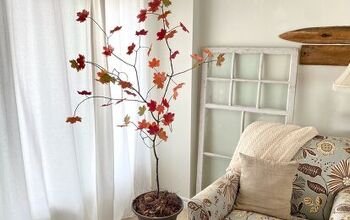

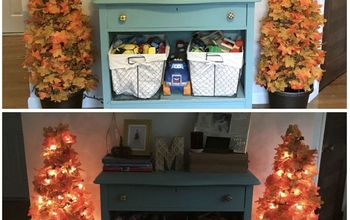





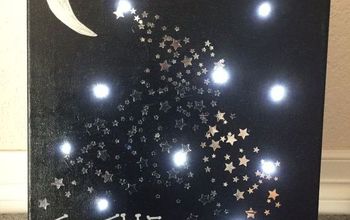
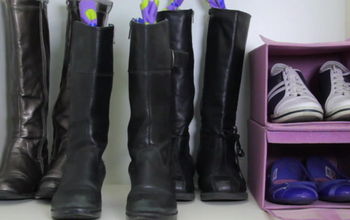
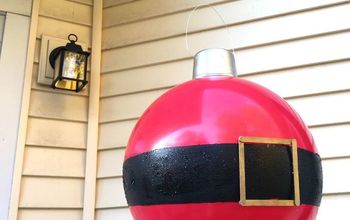

Frequently asked questions
Have a question about this project?